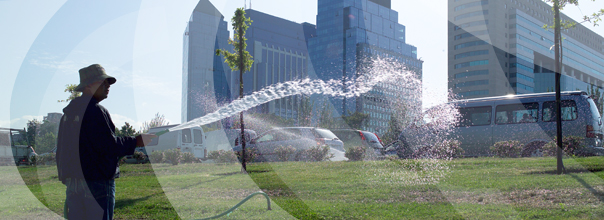
Research Approach
The CLAVE research builds on two main concepts: socio-environmental fragmentation and residential vulnerability. It attempts to bring both concepts together in order to identify hot-spot areas that are either fragmented or not and likewise affected by heat, flooding or both hazard.
This allows for identifying context-specific problems and needs and will result in the development of adequate response options. This applied urban vulnerability model will be tested with regard to its transferability to other megacities. The in-depth qualitative and quantitative analysis based on a set of socio-environmental fragmentation and urban vulnerability indicators includes among others household surveys, expert interviews, workshops, census data and GIS analyses. Work package 1: Work package 3: Work package 5: Development of the theoretical framework (definitions, indicators, and analytical steps) Full vulnerability assessment at the local level in Santiago de Chile Development of adaptation options at the local level in Santiago de Chile Learning and transfer of knowledge within Latin American megacities regarding adaptation Vulnerability exposure assessment in other Latin American cities (depending on data availability etc. e.g. Bogotá, Lima, Buenos Aires)
According to the project objectives, the work is structured in five main work packages:
Work package 2:
Work package 4: